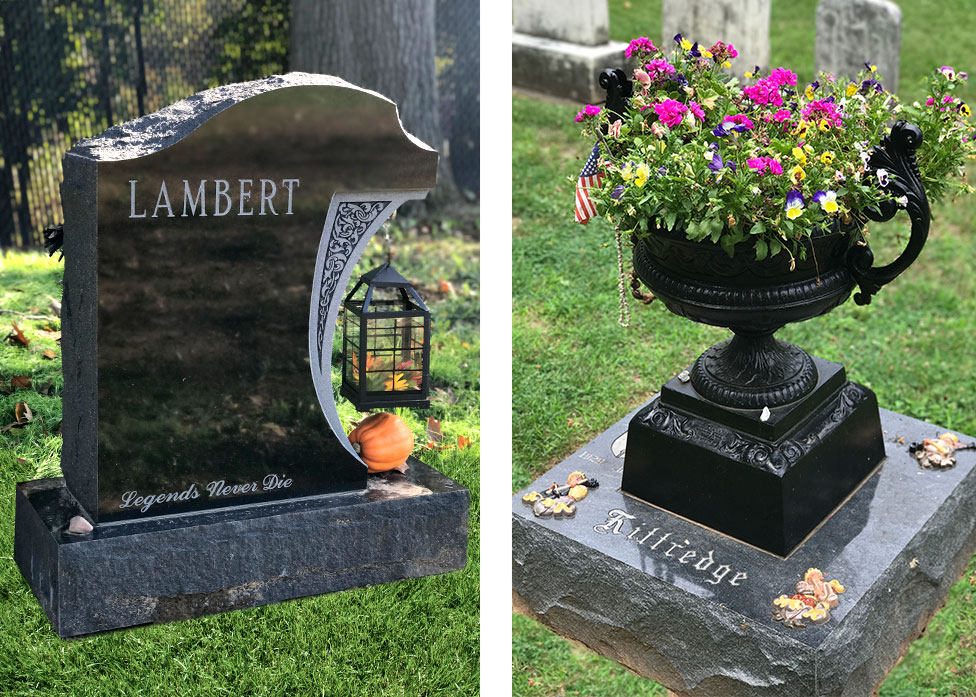Etched in Stone: Exploring the Beauty of Cemetery Monuments
As visitors walk through a cemetery, they are often met with a somber yet intriguing sight – rows upon rows of monuments and gravestones dotting the landscape. Each piece tells a story, not just of the departed individual but also of the craftsmanship and artistry that went into creating these enduring monuments. These silent sentinels, etched in stone, stand as testaments to the lives that have passed before us, preserving memories and honoring legacies for generations to come.
The art of cemetery monuments is a unique blend of design, symbolism, and history. From simple markers to elaborate mausoleums, each monument is a reflection of the culture, beliefs, and trends of the time period in which it was created. The intricate carvings, inscriptions, and motifs found on these monuments offer a glimpse into the past, capturing the essence of a bygone era and the lives of those who have gone before us.
History of Cemetery Monuments
Cemetery monuments have a long history, dating back centuries. In ancient times, civilizations would place markers on graves to honor their deceased loved ones. These early monuments were often simple in design, serving as a way to remember and pay tribute to the departed.
As time passed, the art of cemetery monuments evolved, with more intricate designs and materials being used to create lasting memorials. Different cultures developed unique styles of monuments, reflecting their beliefs and customs surrounding death and remembrance. These monuments became not just symbols of loss, but also expressions of art and craftsmanship.
Today, cemetery monuments continue to be an important aspect of honoring the deceased. Modern technology has allowed for a wider range of materials and designs to be used in creating these monuments, offering a diverse array of options for families to choose from. Despite the changes over the centuries, the core purpose of cemetery monuments remains the same – to commemorate the lives of those who have passed on, keeping their memory eternally alive.
Symbolism in Monuments
In the world of cemetery monuments, symbolism plays a crucial role. Each element incorporated into a monument carries its own meaning, often representing aspects of life, death, or faith. From intricately carved angels symbolizing protection and guidance to flowers symbolizing love, remembrance, or a life cut short, every detail tells a story.
Monuments often feature symbols that reflect the deceased's beliefs or interests. Religious symbols such as crosses, Stars of David, or crescent moons can be found on gravestones , indicating the individual's faith. Additionally, symbols like anchors representing hope or butterflies symbolizing transformation are commonly used to convey deeper meanings about the person being memorialized.
Furthermore, the material used in a monument can also hold symbolic significance. Granite, known for its durability, can symbolize strength and permanence. Marble, with its ethereal appearance, may symbolize purity or innocence. The choice of material, whether polished or weathered, can add another layer to the overall symbolism of the monument, enhancing its visual impact and emotional resonance.
Preservation and Maintenance
Cemetery monuments serve as enduring testaments to the past. As time passes, these monuments can become weathered and worn, in danger of losing their intricate details and meaningful inscriptions. Therefore, regular preservation efforts are essential in maintaining the beauty and integrity of these historical markers.

One common preservation technique involves cleaning the monuments using gentle methods to remove dirt and biological growth without causing damage. Additionally, applying protective coatings can help safeguard the monuments against environmental factors such as pollutants and weathering. Routine inspections by professionals can identify any signs of deterioration early on, allowing for timely maintenance to prevent further damage.
Preserving cemetery monuments not only honors the memories of those laid to rest but also ensures that future generations can appreciate the artistry and craftsmanship of these timeless works. By taking the necessary steps to care for these monuments, we uphold their significance and allow them to continue telling stories for years to come.